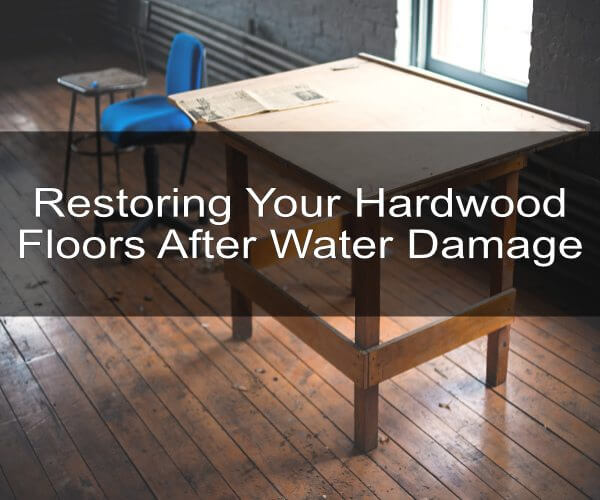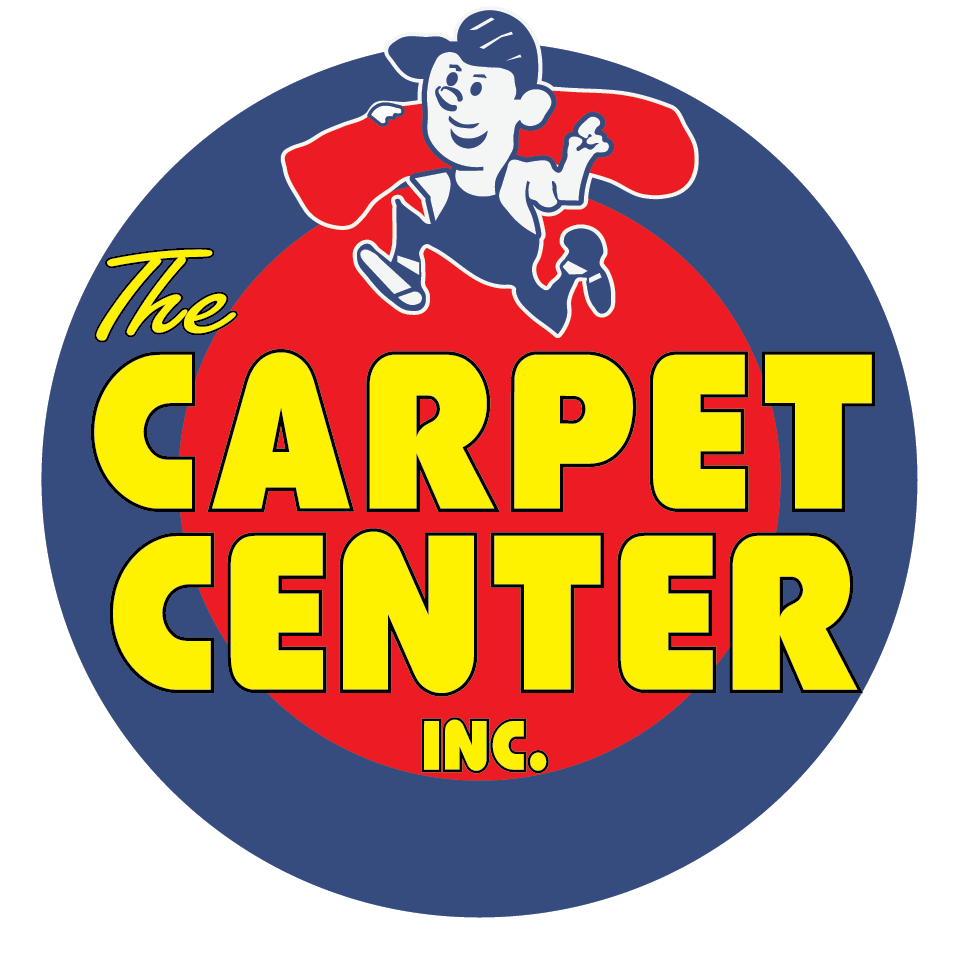How to Protect Your Wood Floor from Water
Hardwood floors are durable enough to withstand high heeled shoes, pets, kids and even the process of interior remodeling. When it comes to wood floor water damage, hardwood floors require a little extra attention and care. Protect your wood floor, and it will continue to be a great asset and investment. If damage occurs, act quickly to avoid replacing the floor.
- Prevent Wood Floor Damage
- Inspect plumbing
- Seal floors periodically
- Prevent common causes of moisture
- Regular cleaning
- Fix Wood Floor Damage
How to Prevent Wood Floor Water Damage
Water can cause damage to any floor. Water damage to hardwood floors is significant because it can cause discoloration and even warping. Keeping your hardwood floors safe from water damage is important and fairly easy if you adopt a few simple methods.
1. Don’t ignore your plumbing.
Inspect your plumbing before you install hardwood floors. It’s a good idea to keep an eye on your plumbing in general. One of the main causes of water damage to wood flooring is water leaks or flooding.
If you are adding hardwood flooring to an older building, have a professional plumber come out and inspect your plumbing. To protect your wood floor, make sure everything is up to date and won’t cause you any problems.
2. Keep your sealant up to date.
A sealant, like wax or polyurethane, will help protect your wood floor from water damage. Sealants can’t make your wood floors completely waterproof. They can give them a layer of protection so you have time to clean up spills before any damage is done.
If you choose to use wax to protect your hardwood flooring, it only needs to be done once a year. Polyurethane only needs to be reapplied every three to four years.
3. Be on the lookout for potential wet-floor culprits.
It might seem like a stressful job keeping your hardwood floors dry. Once you get used to the “dos” and “don’ts,” it will seem second nature.
On a day-to-day basis, here are a few things you can do to protect your hardwood floor from water damage.
- Be ready to wipe up any spills or splashes. We recommend designating a towel for floor spills. Keep this towel close by so when messes happen, cleaning is convenient and quick.
- Watch your shoes. Have rugs by any doors that lead outside. If you expect muddy shoes to be coming through the door, provide a plastic mat for them to rest on. Never leave dirty shoes sitting on a hardwood floor. Anything that is damp—towels, laundry, umbrellas, rain boots—should not be left on your hardwood floor.
4. Clean with care.
The best way to keep your hardwood floors clean is by regular sweeping or vacuuming. Sweeping up dust and dirt helps protect your floors too. Dirt particles can cause scratches if they are big enough and stepped on.
Sweeping and Vacuuming are both water-free methods you can use as much as you want to keep the dirt and dust off your floor. If your floor has seen some action and needs to be more thoroughly cleaned, mopping can be a little tricky.
Choose a floor cleaner that is specifically for hardwood floors. It’s best to stick with a damp, soft mop and dry the floor right after cleaning. Don’t let any liquid sit on your floor for very long.
How to Fix Wood Floor Water Damage
Leaks from appliances, pipes or air conditioning create more water than a typical spill that you can wipe away. Leaks tend to find their way through crevices and absorb into materials over time. But if you act quickly, you can avoid replacing the floor.
Restoration requires using equipment to dry out the moisture, sanding and patching damaged areas, replacing any boards that are beyond repair, then applying sealant. Hardwood floor restoration is less expensive than buying and replacing the entire wood floor.
Should water damage occur, learn about more hardwood floor restoration after water damage.
More Information Water Restoration and Hardwood Floors



